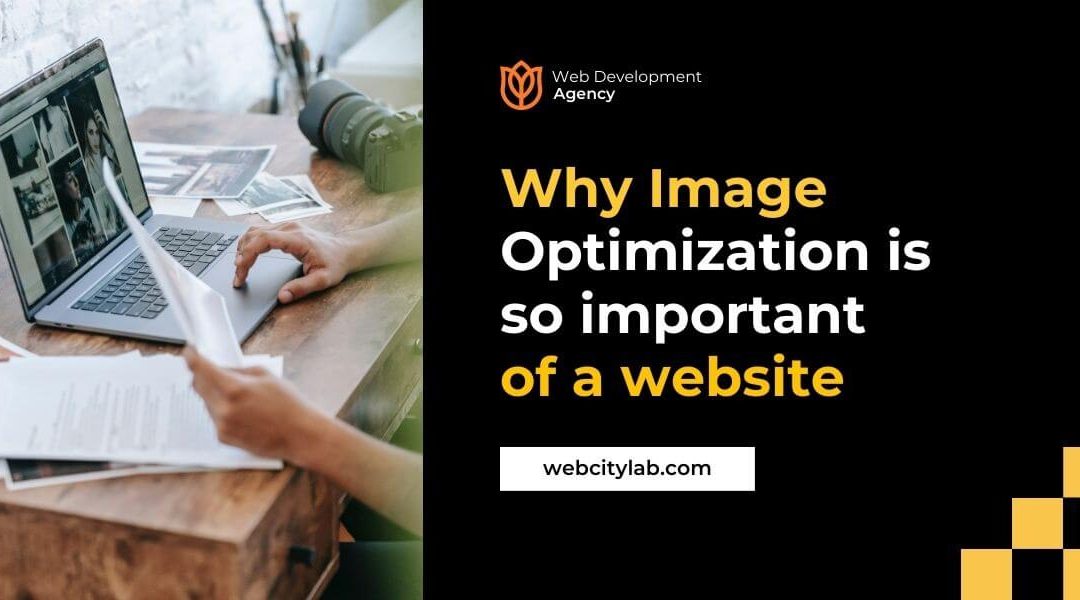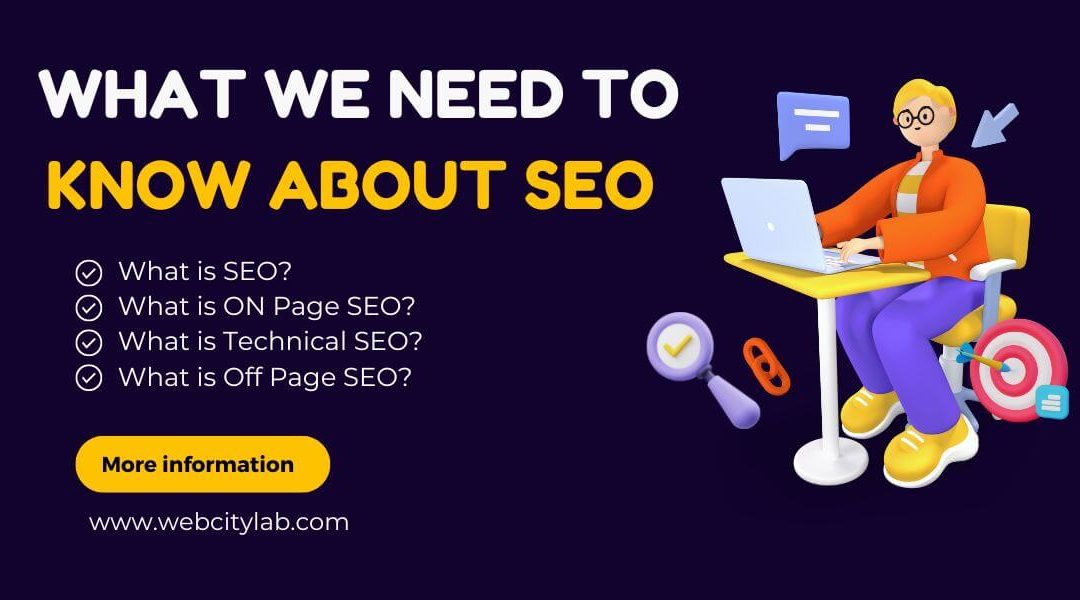
How to do keyword research for a seo friendly website content
- Understand your audience: Begin by defining your target audience and understanding their needs, interests, and pain points. This will help you identify the topics and keywords that are relevant to them.
- Brainstorm seed keywords: Start by brainstorming a list of seed keywords or primary topics related to your website. These can be broad terms that represent the main themes of your content.
- Use keyword research tools: Utilize keyword research tools to expand your seed keyword list and find related keywords. There are several tools available, such as Google Keyword Planner, SEMrush, Ahrefs, and Moz Keyword Explorer. These tools provide data on search volume, keyword difficulty, and other metrics.
- Analyze search volume and competition: Look for keywords with a good balance of search volume (the number of searches per month) and competition (how many other websites are targeting that keyword). Choosing highly competitive keywords may make it harder for your website to rank.
- Consider long-tail keywords: Long-tail keywords are longer and more specific phrases that usually have lower search volume but are easier to rank for. They often indicate a higher level of user intent and can drive targeted traffic to your website.
- Assess keyword relevance: Evaluate the relevance of the keywords to your website and content. Choose keywords that align with your topics and match the intent of your target audience.
- Analyze competitor keywords: Study your competitors’ websites and identify the keywords they are targeting. This can provide insights into popular keywords in your industry and help you find keyword gaps to target.
- Organize and prioritize keywords: Categorize your keywords based on topics or themes and prioritize them according to their relevance and potential impact on your website’s traffic and goals.
- Create high-quality content: Once you have your targeted keywords, develop high-quality content around them. Ensure that the keywords are naturally incorporated into your content, including the title, headings, body, and meta tags. However, avoid keyword stuffing, as it can negatively impact your SEO.
- Monitor and adapt: Regularly monitor the performance of your content using web analytics tools. Analyze the keywords that are driving traffic and make adjustments as needed. Additionally, stay updated with the latest keyword trends and adapt your content strategy accordingly.
What should I know about keyword research as a web developer or digital marketer:
As a web developer or digital marketer, understanding keyword research is crucial for optimizing websites and driving organic traffic. Here are some key points you should know about keyword research:
- Importance of user intent: Keyword research goes beyond finding popular search terms. It involves understanding user intent, which refers to the reason behind a search query. By identifying user intent, you can create content that aligns with what users are looking for, improving the chances of attracting relevant traffic.
- The different types of keywords: There are three main types of keywords:
- Headline keywords: These are the keywords that you want to use in your website’s title tag and meta description. These keywords are the most important, as they are the first thing that people see when they search for a keyword on a search engine. Related Post:How to use heading tag of a website?
- Body keywords: These are the keywords that you want to use throughout your website’s body content. These keywords should be used naturally, and they should be relevant to the topic of your content.
- Long-tail keywords: These are more specific keywords that are less competitive than short-tail keywords. Long-tail keywords are often easier to rank for, and they can be a great way to target a specific audience.
- Relevance and context: Keyword relevance is essential. Focus on selecting keywords that closely match your website’s content and the products or services you offer. Additionally, consider the context in which keywords are used. Long-tail keywords often provide more context and can help target specific user needs.
- Competitive analysis: Conducting competitor keyword analysis can provide valuable insights. Identify which keywords your competitors are targeting and analyze their search engine rankings. This information can help you discover keyword opportunities, identify gaps in your content, and refine your keyword strategy.
- Long-term keyword strategy: Keyword research should be an ongoing process. Regularly evaluate and update your keyword strategy based on changes in user behavior, search trends, and industry developments. This adaptability is crucial for maintaining a competitive edge and maximizing your website’s visibility.
- User experience and search intent: Keyword research should go hand in hand with a focus on user experience (UX). Search engines increasingly prioritize websites that provide high-quality, user-friendly experiences. Align your content with search intent by addressing user needs, answering their questions, and offering valuable information.
- Keyword tools and analytics: Utilize keyword research tools to streamline the process and gain insights. Tools like Google Keyword Planner, SEMrush, Ahrefs, and Moz Keyword Explorer provide data on search volume, keyword difficulty, and competition. Web analytics tools like Google Analytics can help you monitor keyword performance and user behavior on your website.
- Natural and organic keyword usage: Avoid keyword stuffing, which is the excessive and unnatural use of keywords in content. Search engines penalize this practice, as it undermines user experience. Instead, focus on incorporating keywords naturally into your content, headers, meta tags, and URLs.
- Content optimization: Keyword research informs content creation and optimization. Once you’ve identified your target keywords, optimize your website’s pages, blog posts, and other content elements accordingly. This includes optimizing titles, meta descriptions, headers, and body content with relevant keywords.
- Localization and long-tail keywords: Consider localizing your keyword strategy if you target specific geographic locations. Incorporate location-based keywords to enhance your visibility in local search results. Additionally, long-tail keywords often have lower competition and higher conversion rates, making them valuable for driving targeted traffic.
- Continuous learning and adaptation: Stay updated with the latest trends, algorithm changes, and industry developments related to keyword research and SEO. Search engine algorithms evolve, and user behavior changes over time. Continuous learning and adaptation are essential to remain effective in your keyword research efforts.
Here are some additional tips for web developers and digital marketers who want to do keyword research:
- Start with your target audience: The first step in keyword research is to understand your target audience. Who are you trying to reach with your website content? What are their interests? What are they searching for online? Once you understand your target audience, you can start to identify the keywords that they are likely to use.
- Use a variety of keyword research tools: There are a number of keyword research tools available, so it’s important to use a variety of tools to get a comprehensive view of the keywords that you should target.
- Analyze the search intent of your keywords: Not all keywords are created equal. Some keywords are informational, while others are commercial. It’s important to understand the search intent of your keywords so that you can create content that is relevant to the user’s intent.
- Track your keyword performance: Once you have published your website content, you need to track your keyword performance. You can use a keyword tracking tool to track your keyword rankings, traffic, and conversions.
What are the best tools for keyword research or Free keyword research tools list:
There are several excellent tools available for keyword research. Here are some popular ones:
- Google Keyword Planner: This free tool by Google is designed for Google Ads advertisers but is also valuable for keyword research. It provides keyword suggestions, search volume data, competition level, and can help you identify new keywords based on your website or seed keywords.
- SEMrush: SEMrush is a comprehensive SEO tool that offers a wide range of features, including keyword research. It provides keyword ideas, search volume, keyword difficulty, competitive analysis, and allows you to track keyword rankings. SEMrush is a paid tool with a free trial available.
- Ahrefs: Ahrefs is another powerful SEO tool that offers extensive keyword research capabilities. It provides keyword suggestions, search volume data, keyword difficulty, competitor analysis, and content gap analysis. Ahrefs is a paid tool with a trial period and various pricing plans.
- Moz Keyword Explorer: Moz’s Keyword Explorer is a popular tool for keyword research. It provides keyword suggestions, search volume, keyword difficulty, and advanced metrics like organic click-through rate (CTR) estimation. Moz offers a free version with limited functionality, as well as a premium subscription.
- KeywordTool.io: This tool helps you generate keyword ideas from various sources, including Google Autocomplete, YouTube, Bing, and more. It provides long-tail keyword suggestions and search volume data. KeywordTool.io has both free and paid versions.
- Ubersuggest: Ubersuggest offers keyword suggestions, search volume, keyword difficulty, and competitor analysis. It also provides content ideas and backlink data. Ubersuggest has a free version with limitations and a paid plan for additional features.
- Google Trends: While not primarily a keyword research tool, Google Trends allows you to explore the popularity and search interest for specific keywords over time. It helps you understand keyword trends, seasonal variations, and compare the relative popularity of different keywords.
These tools vary in terms of features, pricing, and user interface, so it’s worth exploring them to find the one that best suits your needs and budget. Additionally, it’s often beneficial to use a combination of tools to gain different perspectives and insights in your keyword research process.






